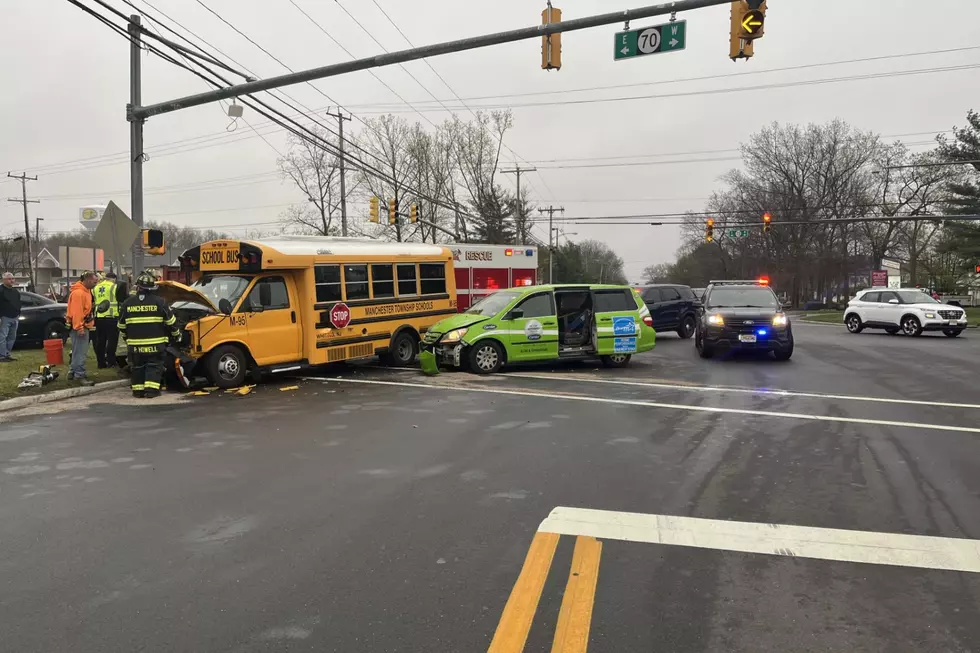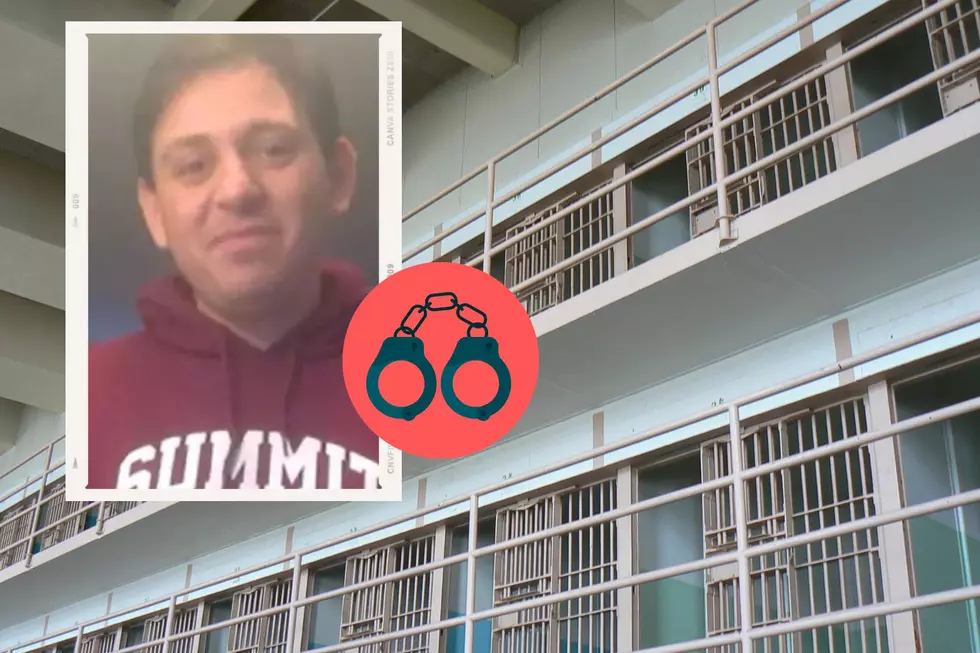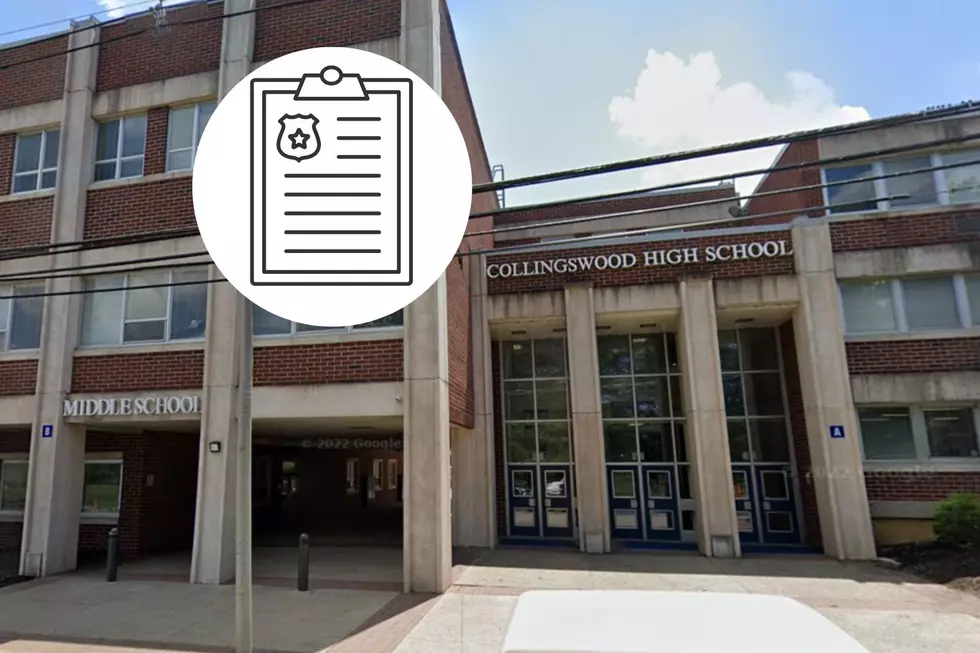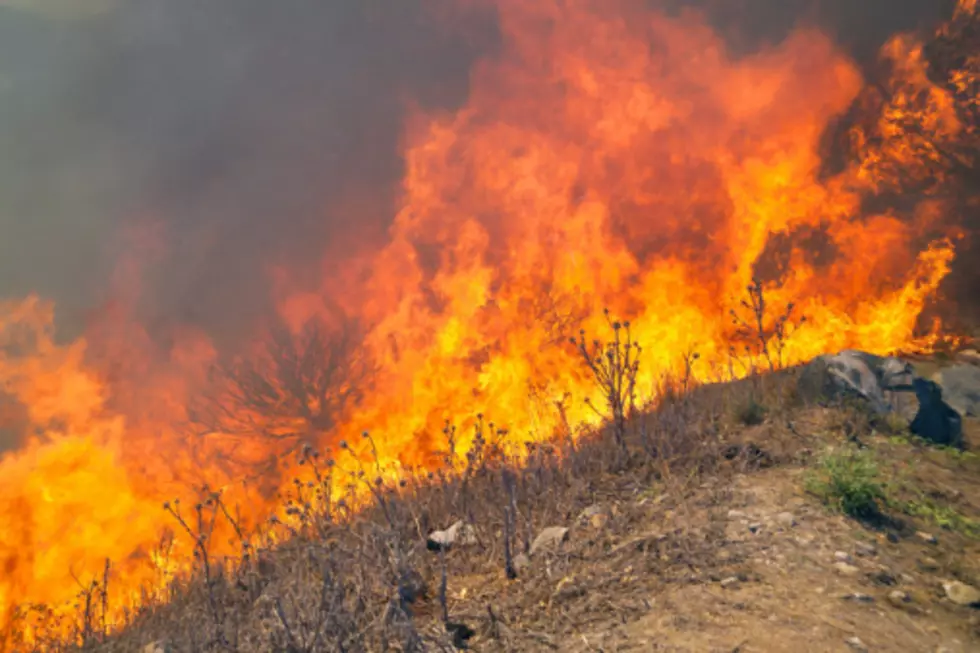
Warmer months mean ‘controlled burns’ in New Jersey
As the warm weather begins to emerge and spring starts to take hold, do not be surprised if you see smoke or fire coming from the forests and wooded areas across New Jersey.
This is the time of year when the NJ Department of Environmental Protection conducts controlled or prescribed burns in an effort to eliminate excess fuels from the forest floor.
"Controlled or prescribed burning is a method we've been using since 1928 to effectively reduce fuel accumulation. Fuels are any vegetation that can burn and start or contribute to the spread of a wildfire," said Greg McLaughlin, Division Forest Fire warden. "We apply these burns intentionally to areas that we feel have an excessive accumulation of fuels and in areas that have been prone to forest fires."
All wildfires start on the ground, whether they start from lightning or any other means, and they work their way up.
"So, if we remove the fuels on the ground, like leaf litter and pine needles, then we have less chance of a fire to start. We can also reduce the shrub layer under the forest canopy which would help to prevent fires from spreading into the canopy," McLaughlin said.
Prescribed burns are planned, there are always contingency plans in place and certain parameters have to be met, including ideal weather conditions. The DEP requests a spot fire weather forecast from the National Weather Service which is specific to the exact spot where the burn is going to take place. Fire officials work off of a "go" or "no go" check list.
"For a burn to take place, we like temperatures below 60 degrees, humidity not less than 20 percent and we like to have a good, steady wind, about 20 miles per hour. But, the wind has to be predictable. We don't want changing winds that will effect the direction of the fire and smoke," McLaughlin said. "If the weather is not ideal, we'll call it a 'no-go' for that particular day."
Controlled burns are prepared ahead of time. Fire officials survey the area and determine where control lines can be put in. Some control lines may be streams or roads or wetlands. In some cases, a control line is plowed in. The soil is turned over and an area of sand is created.
"Once we have everything in place, we start the fire in a backing fire situation, where it is burning slowly against the wind. So, we work off of control lines, we work into the wind and we patrol the area until we feel all the fuels are consumed," McLaughlin said.
This year has been a difficult one because the ground has been wet or snow-covered and even the nice days have been had heavy winds.
"We are very careful, we have a good history. In those times when you've hears about prescribed burns that have gotten out of control, it is usually because the people conducting the burns have gone out of their parameters," McLaughlin said.
When in doubt about the source of the smoke or fire, call 911 or 877-WARN-DEP (877-927-6337).
For more information on wildfires in New Jersey and a list of contact numbers for regional Forest Fire Service offices, visit www.njwildfire.org.
More From New Jersey 101.5 FM
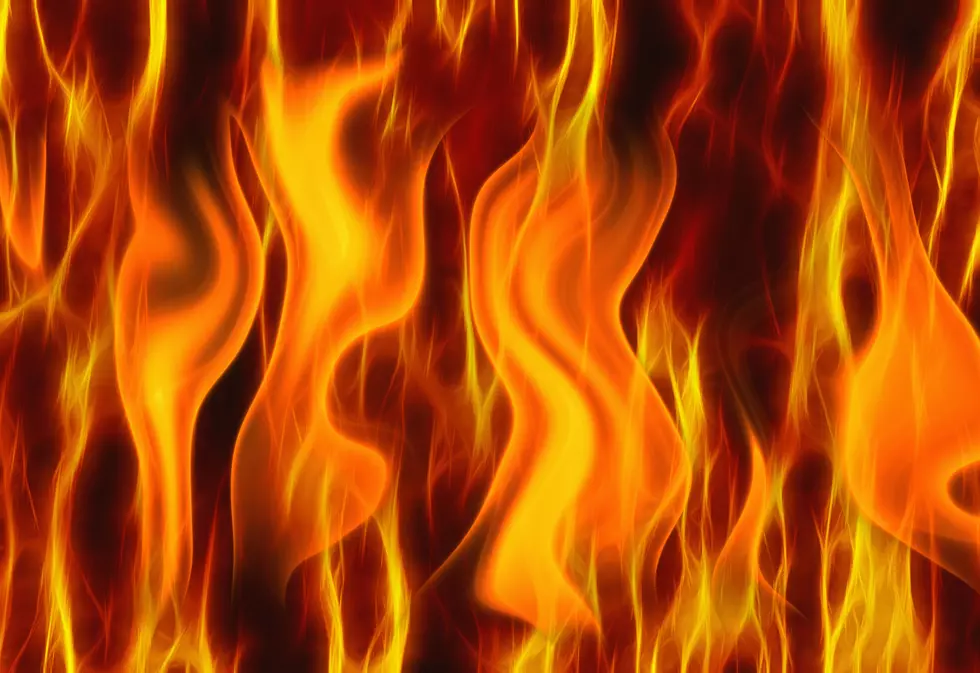
![NJ Bill Targets Prescribed Burns [AUDIO]](http://townsquare.media/site/385/files/2014/04/smoke-sign.jpeg?w=980&q=75)
